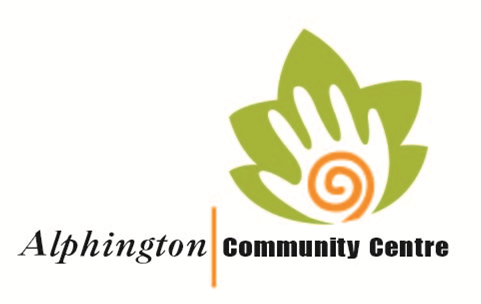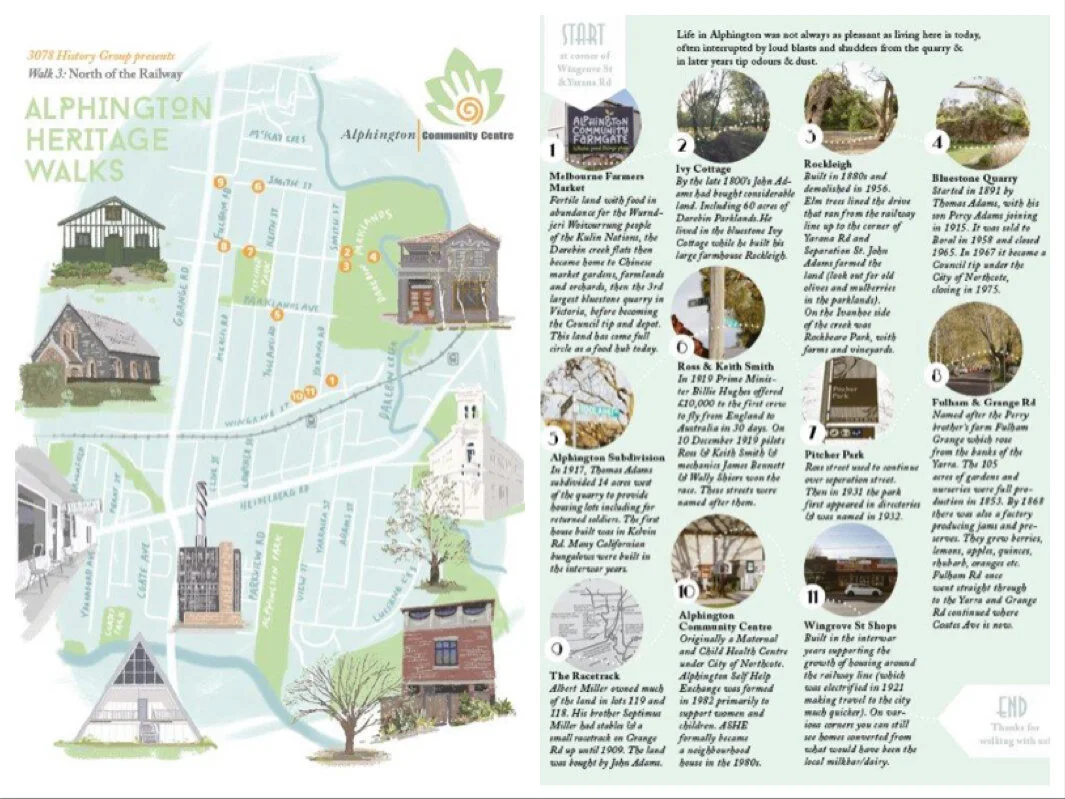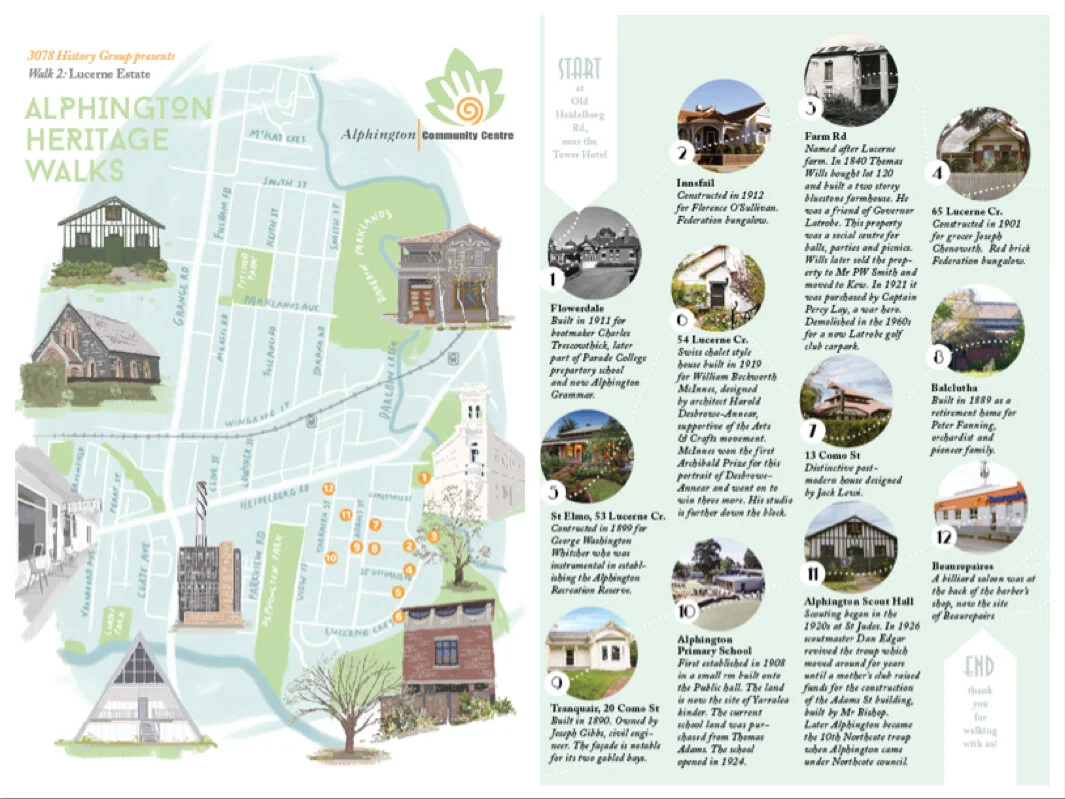Over the last few months we’ve been mixing up how we identify our Instagram posts ‘location’ … sometimes we choose our actual address that is saved in the ether of the interwebs, and sometimes we choose our traditional place name ‘Wurundjeri Country’. This choice acknowledges the long history of our location.
As Cr Susan Rennie discussed when she was Mayor,
“It's important for Wurundjeri people to see their language and their names and places recognised in writing, but it's equally important for Australians who aren't First Nations people to understand and see that connection in everyday things."
Of course there are hundreds of First Nations words that were adopted into our daily lexicon as white settlement rolled out - Dandenong, Prahran, Toorak, Yarra, Boroondara etc.
It’s great to add more, and especially ones that we know are historically meaningful …
Because for example I heard an archaeologist talking on the ABC the other week, explaining that Yarra isn’t the actual name of the river for the Wurundjeri, the traditional owners of Naarm (Melbourne). It’s Birrarung. Yarra was a misinterpretation of yaro yaro which was a description of how the water flowed over the rocks at the falls (that no longer exist). Said falls were in the middle of Melbourne near Queenbridge Street, and provided both a barrier to seawater going further upstream, and a natural crossing point from the north to south sides …
It was because of these strategically located falls that Batman etc. declared ‘this is the place for a village’ … before blasting them away not too many years later … because they partially dammed them … which exacerbated flooding upstream … and we know how these things go … yikes.
Anyway, I just saw that Australia Post has published an official protocol so we can now also add the traditional place name to snail mail as well.
The protocol is












